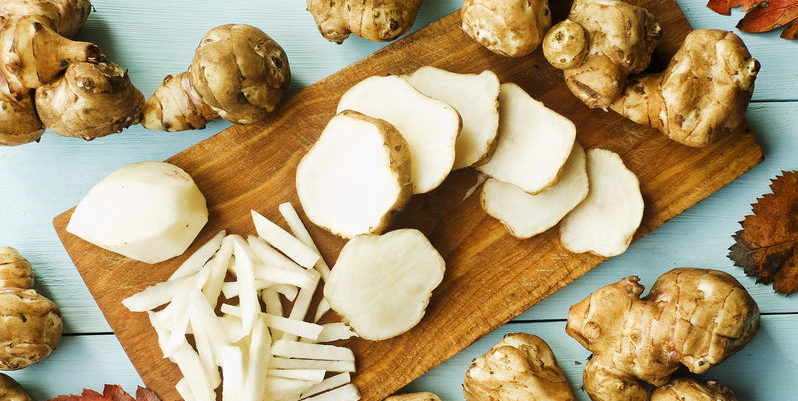
As agricultural practices and research develop, our knowledge of the vegetables available and the ways we can consume them grows. Nonetheless, it can sometimes be confusing to know which parts of a vegetable are edible or not. As both leaves and tubers have formed a crucial part of the human diet for several thousand years, you may be surprised to learn there are some parts of vegetables we can’t eat. In this article, we will cover more about the edible parts of vegetables, including leaves and tubers, and which ones we can safely eat.
Edible Parts of a Vegetable
Broadly speaking, vegetable refers to the edible part of a plant that can be consumed by humans or animals¹. These parts fall into the categories below:
- Roots
- Stems
- Leaves
- Flowers
- Bark
- The entire plant
The U.S. Forest Service and the USDA, stipulate that vegetables can be further divided² into:
- Edible underground parts (roots, tubers, bulbs)
- Edible above-ground parts (stems, leaves, flowers)
- Edible fruits and seeds (usually unripe)
Tubers You Can Eat
There are an array of edible underground vegetables which people consume daily. Before agriculture, tubers and fruits were mainstays in the diets of hunters and gatherers³. Although root vegetables and tubers may look similar, the main difference is that a tuber is an enlarged stem⁴ from which buds develop. Of all tubers, the most well-known is the potato, which is often considered one of the top five vegetables that changed the world. Another edible tuber that has had its impact on history is the sweet potato⁵ (not to be confused with yams). More edible tubers include:
- Taro
- Ginger
- Jicama
- Cushcush
- Jerusalem Artichoke
- Tigernut
- Radish
Leaves That Are Safe To Eat
Leafy greens have a reputation for being healthy, as well as aiding digestion. Vegetables such as lettuce, spinach, and Swiss chard are popular ingredients in salads, while cruciferous vegetables like kale, bok choy, arugula, and collard greens are known for their anticancer properties⁶. But are there other leaves from plants that we can safely eat? Yes there are, and some of these plants are native to North America. There are even many edible legume leaf vegetables⁷ (Fabaceae-Leguminosae) that are widely consumed in other parts of the world. Vegetables and plants with edible leaves² include:
- Fennel
- Jerusalem Artichoke
- Common Pea
- Cowpea
- Bean
- Fenugreek
- Sesbania
- Sicklepod
- Wild Onion
- Nettles (although the FDA classifies the Urtica variety as poisonous⁸)
- Bracken Fern
Leaves That Are Not Safe To Eat
While leafy greens are a leading cause of food poisoning, due to the presence of harmful bacteria and germs, they are safe to eat when properly cleaned. Nonetheless, there are some leaves that are unsafe to consume because of the presence of toxins like oxalic acid⁹, cyanide, or alkaloid poisons. In some cases, consuming these leaves or making tea out of them has led to death¹⁰. Here are leaves that you should avoid:
- Rhubarb leaves
- Tomato leaves
- Peach leaves
Leaves and Tubers Food Safety
Vegetables supply essential vitamins and minerals to our bodies, although they should be washed properly to avoid foodborne illnesses. Furthermore, it is best to vary our consumption of these foods to craft a balanced and nutrient-rich diet. With their long track history of feeding hunters and gatherers, leaves and tubers make a great addition to any diet, except those of individuals with food allergies. Intolerances to tubers, such as the potato, are not uncommon. Some symptoms of a food allergy¹¹ or intolerance are:
- Tingling of the mouth
- Hives
- Rashes
- Eczema
- Swelling of the tongue, lips, face, and throat
- Trouble breathing
- Abdominal pain
- Diarrhea
- Lightheadedness
- Fainting
If you experience any of these symptoms after consuming leaves or tubers, cease consumption immediately. Should symptoms persist, seek advice from your physician.
For more info, check our Youtube!
References
- “Vegetables: Food.” Eat Dat, Eat Dat, 27 July 2020, www.eatdat.com/food/vegetables/.
- “Vegetables.” U.S. Forest Service, USDA.gov, www.fs.fed.us/wildflowers/ethnobotany/food/vegetables.shtml.
- Greaves, Russell D., and Karen L. Kramer. “Hunter–Gatherer Use of Wild Plants and Domesticates: Archaeological Implications for Mixed Economies before Agricultural Intensification.” Journal of Archaeological Science, Academic Press, 27 Aug. 2013, www.sciencedirect.com/science/article/abs/pii/S0305440313003038.
- “Bulb Basics.” Bulbs & More , University of Illinois Extension, web.extension.illinois.edu/bulbs/bulbbasics.cfm.
- O’Hair, Stephen K. Tropical Root and Tuber Crops, Department of Horticulture, Purdue University, 1994, www.hort.purdue.edu/newcrop/proceedings1990/v1-424.html.
- “Cruciferous Vegetables and Cancer Prevention.” National Cancer Institute, National Institutes of Health, www.cancer.gov/about-cancer/causes-prevention/risk/diet/cruciferous-vegetables-fact-sheet.
- Barrett, Robert P. Legume Species as Leaf Vegetables, Department of Horticulture, University of Purdue, 1990, hort.purdue.edu/newcrop/proceedings1990/V1-391.html.
- “The Uncertainty of the Toxic Effects of Stings from the Urtica Nettle on Hunting Dogs. .” FDA Poisonous Plant Database, U.S. Food & Drug Administration, 2002, www.cfsanappsexternal.fda.gov/scripts/plantox/detail.cfm?id=8076.
- Bichell, Rae Ellen. “When Edible Plants Turn Their Defenses On Us.” NPR, NPR, 23 Oct. 2013, www.npr.org/sections/thesalt/2013/10/01/228221063/when-edible-plants-turn-their-defenses-on-us?t=1619080403233.
- Stark, Jiordana. “Poisonous Plants.” Cooperative Extension Master Gardener Volunteers, University of California, ucanr.edu/sites/mgslo/newsletters/poisonous_plants28032.htm.
- “Food Allergy.” Mayo Clinic, Mayo Foundation for Medical Education and Research, 2 Nov. 2019, www.mayoclinic.org/diseases-conditions/food-allergy/symptoms-causes/syc-20355095.
Ashuni Pérez is a writer in the culinary, as well as health and wellness industries. With a background in teaching and digital media, she loves to learn and help others discover more about their food, where it comes from, and how best to prepare it. A foodie through and through, she is always searching for new recipes and the freshest ingredients.


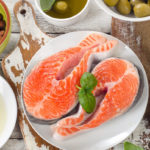

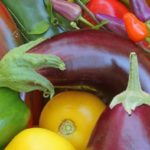
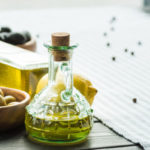
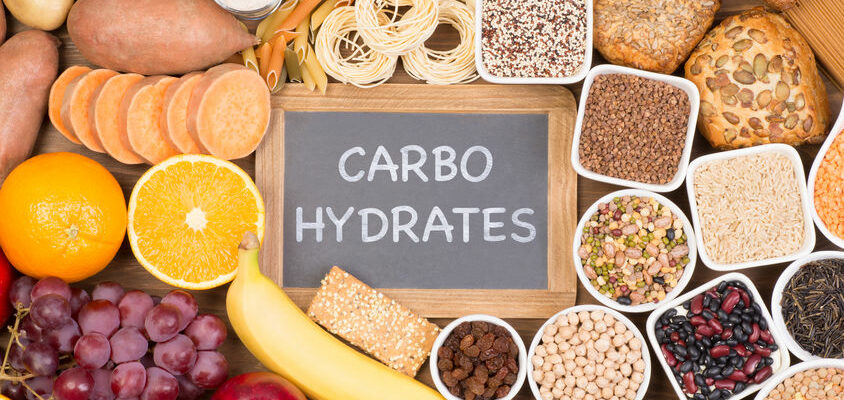


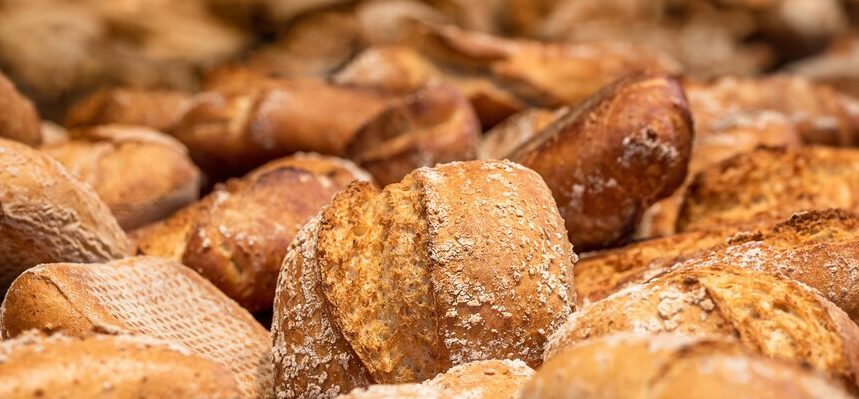
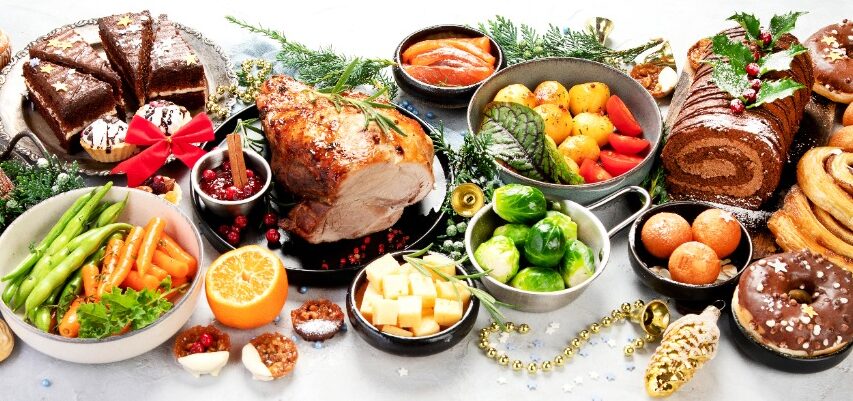
Leave A Comment